“The Chinese government has issued a strong warning against any country that might sacrifice China’s interests to gain favor with the United States in trade negotiations. This stance underscores China’s commitment to safeguarding its economic sovereignty amidst rising global trade tensions.”
1. China’s Firm Stance Against Unfair Trade Deals
The U.S. has been urging its trading partners to reduce economic ties with China, offering tariff exemptions in return. However, China views this as an unfair tactic that undermines its economy and global trade relationships.
Why is China speaking out now?
- Global reluctance to take sides: Most countries want to avoid being caught in the middle of U.S.-China tensions. However, under U.S. pressure, some nations might consider compromising China’s interests for short-term gains, such as tariff exemptions.
- Risk of a domino effect: If even one country succeeds in this approach, others might follow. China’s warning aims to prevent this by making its position clear upfront.
What will China do if its interests are harmed?
- Countermeasures: China has promised to retaliate proportionally. For example, if a country restricts trade with China to please the U.S., China could impose similar restrictions on that country’s exports.
- Diplomatic efforts: China plans to communicate directly with nations negotiating with the U.S., urging them to prioritize fair and mutually beneficial agreements.
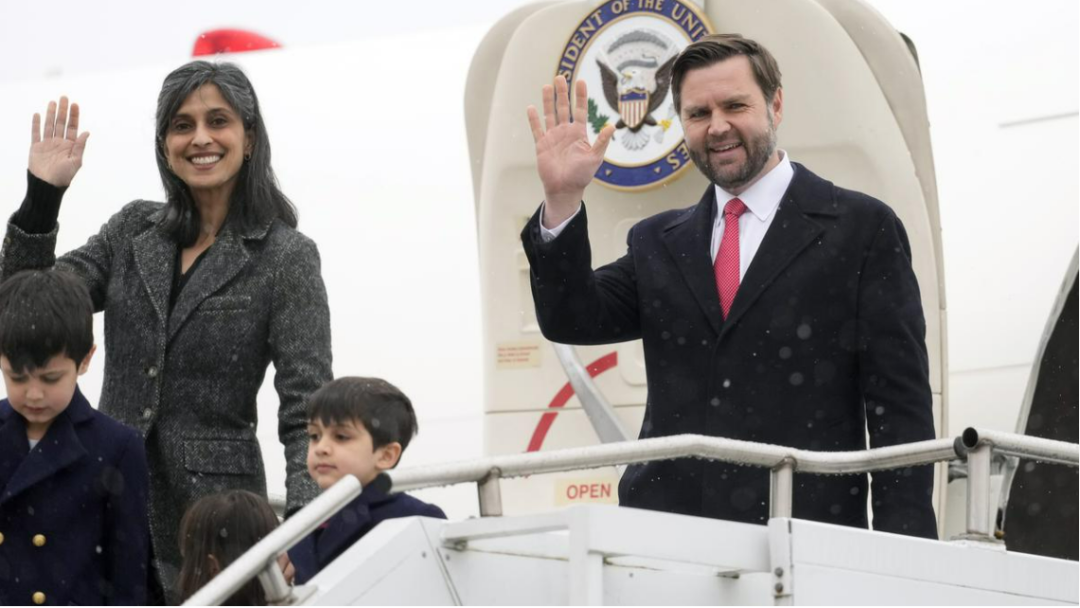
2. The Global Impact of U.S. Trade Pressures
Many countries targeted by the U.S. have deep economic ties with China. Let’s explore how this affects key U.S. allies and trading partners:
2.1 Japan: Balancing Two Giants
- Trade dependence: China is Japan’s largest trading partner, while the U.S. is a close second.
- Business concerns: About 20% of Japanese corporate profits come from the U.S., and 15% from China. Companies like Monex Group emphasize that Japan does not want to choose sides.
2.2 Australia: Caught Between Security and Economy
- Contradictory priorities: Australia is a U.S. security ally but relies heavily on China economically. In 2024, Australia exported $130 billion worth of goods to China—over four times its exports to the U.S. ($30 billion).
- Risk of backlash: If Australia sides with the U.S., China could respond by reducing imports of Australian minerals, agriculture, or energy.
2.3 Vietnam: A Supply Chain Dilemma
- Trade surplus with the U.S.: Vietnam’s exports to the U.S. exceeded $120 billion in 2024. However, many Vietnamese products depend on Chinese raw materials or components.
- Vulnerability: Any U.S.-driven trade restrictions against China could disrupt Vietnam’s supply chains and hurt its export economy.
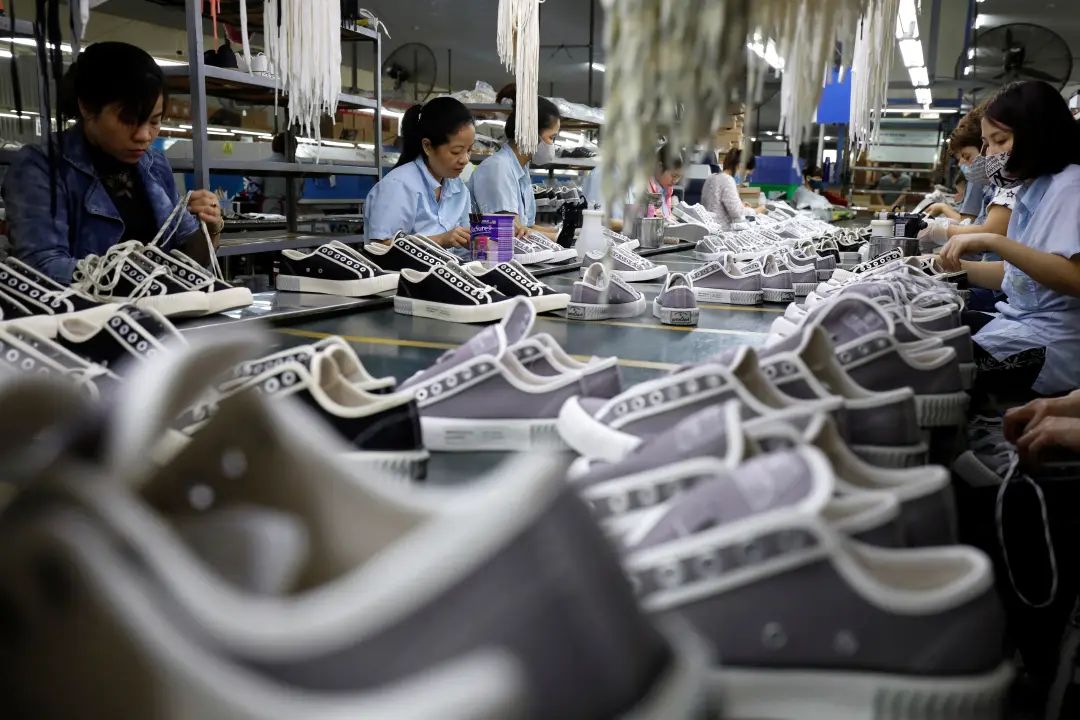
3. China’s Strategic Leverage in Global Trade
China is not just a trading partner—it’s often the largest buyer of goods for many nations. Here’s why countries think twice before crossing China:
- Supply chain dominance: From electronics to textiles, China’s manufacturing capabilities are unmatched. Countries like Japan and Vietnam rely on Chinese factories to produce goods for global markets, including the U.S.
- Economic interdependence: Cutting ties with China could disrupt industries worldwide, raising costs for businesses and consumers.
Example: If Japan restricts trade with China, its automakers might struggle to source affordable parts, leading to higher car prices in the U.S. and Japan.
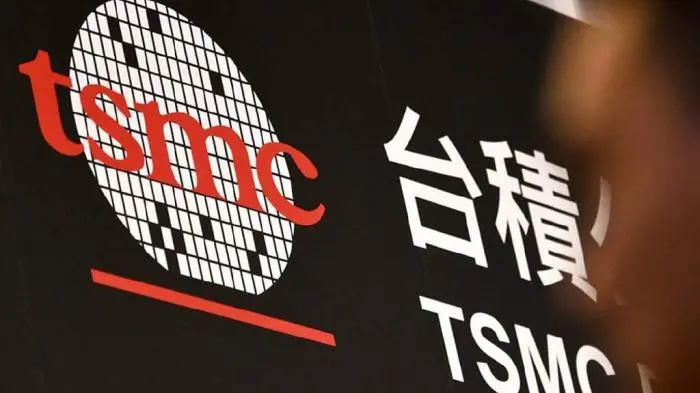
4. Taiwan: A Critical Focus in U.S.-China Tensions
The Taiwan region has become a flashpoint in U.S.-China relations. Here’s why:
- Semiconductor supremacy: Taiwan Semiconductor Manufacturing Company (TSMC) produces over 90% of the world’s advanced microchips. The U.S. has pressured TSMC to move production to America, aiming to weaken China’s access to critical technology.
- Political tensions: China views Taiwan as part of its territory and opposes any foreign interference. Recent moves by Taiwan’s leadership to align closely with the U.S. have angered Beijing.
China’s response:
- Economic pressure: China could impose sanctions on Taiwanese companies that cooperate with the U.S.
- Military drills: Increased naval and air exercises near Taiwan signal China’s readiness to defend its claims.
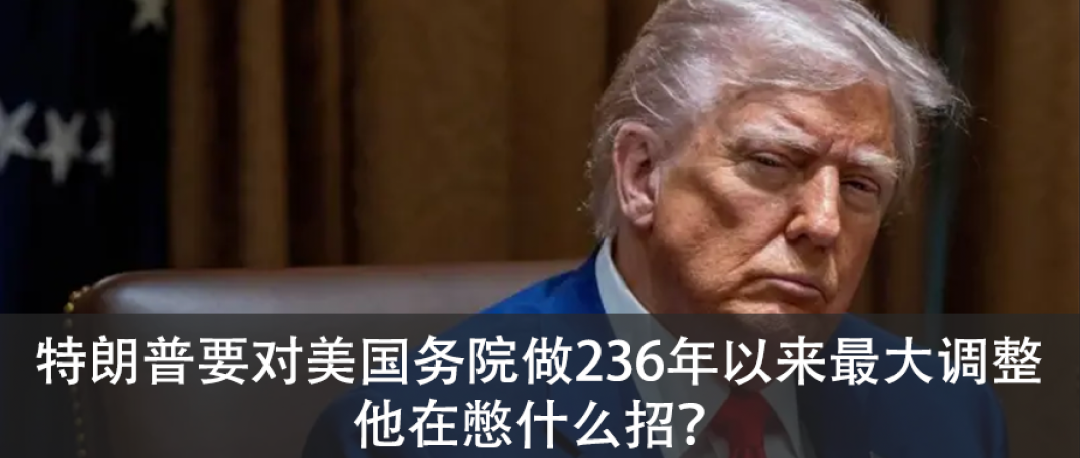
5. How China Plans to Counter U.S. Strategies
To protect its interests, China is adopting a multi-step approach:
5.1 Clear Communication
- Diplomatic warnings: China is informing nations that harming its interests will lead to consequences.
- Public statements: Officials regularly highlight the risks of siding with the U.S., emphasizing long-term losses over short-term gains.
5.2 Targeted Countermeasures
- Trade restrictions: China could limit imports from countries that bow to U.S. pressure.
- Investment controls: Chinese companies might reduce investments in nations seen as hostile.
5.3 Strengthening Alliances
- Regional partnerships: China is deepening ties with ASEAN nations, offering trade deals and infrastructure projects as alternatives to U.S.-led initiatives.
- Global institutions: China supports organizations like the WTO to advocate for fairer trade rules.
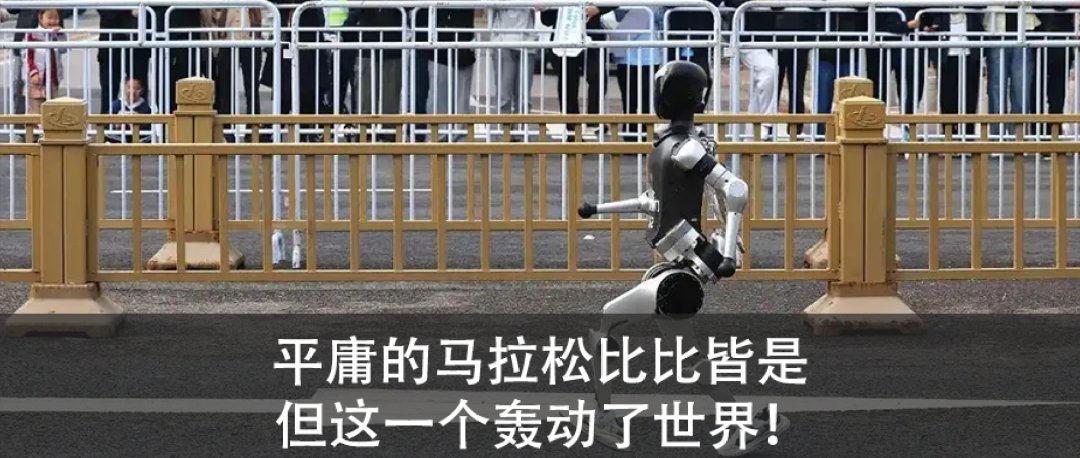
6. The Bigger Picture: U.S. Aims to “Isolate” China
The U.S. trade war is no longer just about tariffs—it’s part of a broader strategy to limit China’s global influence.
- Technology competition: The U.S. restricts exports of advanced semiconductors and AI technology to China.
- Military alliances: Partnerships with India, Japan, and Australia aim to counter China’s growing power in Asia.
China’s counterstrategy:
- Self-reliance: Boosting domestic innovation in tech and manufacturing.
- Global outreach: Expanding trade routes (e.g., Belt and Road Initiative) to reduce dependence on the U.S. and its allies.
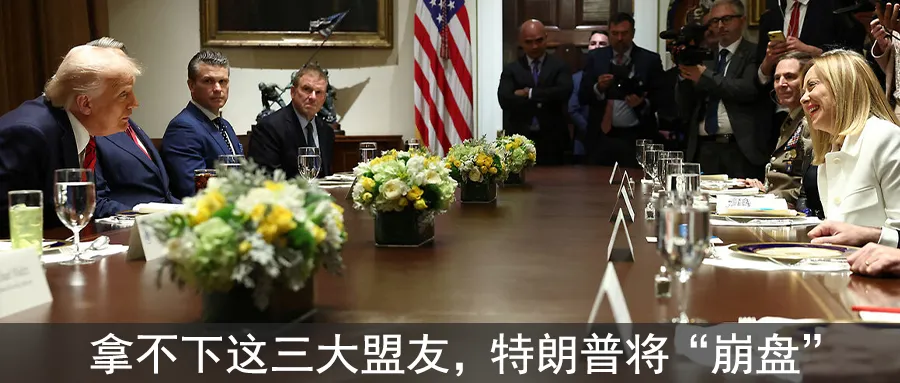
7. Conclusion: A High-Stakes Global Standoff
The U.S.-China trade conflict is reshaping international relations. For smaller nations, navigating this rivalry requires careful balancing. Meanwhile, China’s message is clear: any attempt to undermine its interests will be met with firm resistance.
As the situation evolves, businesses and governments worldwide must prepare for lasting changes in trade rules, supply chains, and geopolitical alliances. The outcome of this struggle will determine not just the future of U.S.-China relations, but the stability of the global economy itself.

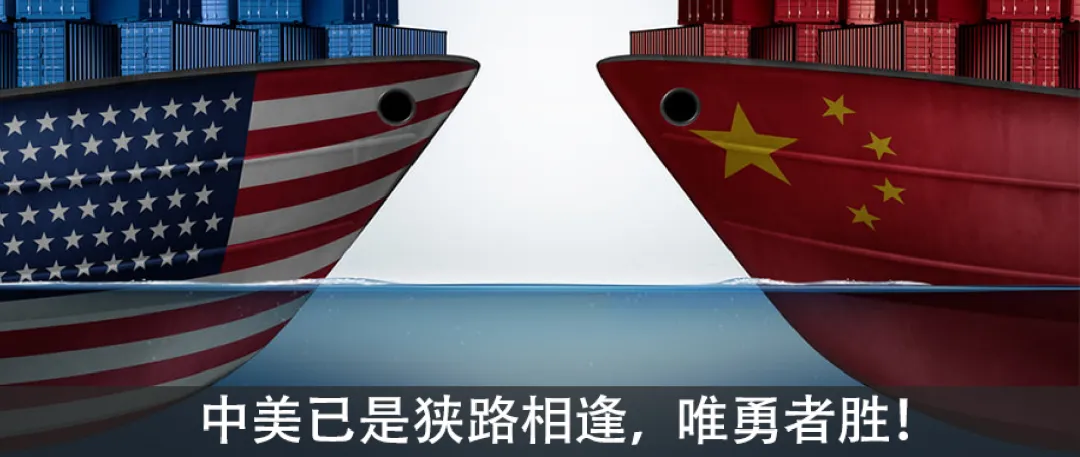
Word count: Approximately 2,600
